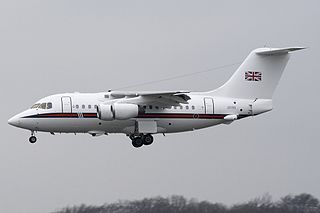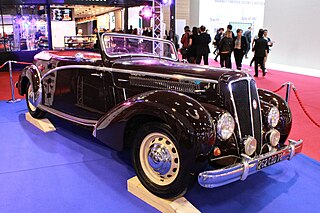| Giant | |
|---|---|
 | |
| The prototype aircraft | |
| Role | Heavy bomber |
| Manufacturer | Fairey Aviation, Gramophone Company |
| Designer | McKenzie-Kennedy |
| First flight | "hopped" 1917 |
| Primary user | Royal Flying Corps |
| Number built | 1 |
The Kennedy Giant was a British biplane heavy bomber designed by Kennedy Aeroplanes Ltd. during the First World War. The design was an imitation of works by Igor Sikorsky, with whom the owner of Kennedy Aeroplanes Ltd., C. J. H. Mackenzie-Kennedy, had ostensibly worked prior to setting up the company. The aeroplane was a notorious failure; its size meant that construction had to take place in an open field as none of the hangars near Hayes, Middlesex, where the prototype was assembled, were large enough to house it. For its weight, the aircraft's four engines were inadequate, and the resulting under-powered aircraft could only fly in a straight line once airborne.

A biplane is a fixed-wing aircraft with two main wings stacked one above the other. The first powered, controlled aeroplane to fly, the Wright Flyer, used a biplane wing arrangement, as did many aircraft in the early years of aviation. While a biplane wing structure has a structural advantage over a monoplane, it produces more drag than a similar unbraced or cantilever monoplane wing. Improved structural techniques, better materials and the quest for greater speed made the biplane configuration obsolete for most purposes by the late 1930s.

Heavy bombers are bomber aircraft capable of delivering the largest payload of air-to-ground weaponry and longest range of their era. Archetypal heavy bombers have therefore usually been among the largest and most powerful military aircraft at any point in time. In the second half of the 20th century, heavy bombers were largely superseded by strategic bombers, which were often smaller in size, but were capable of delivering nuclear weapons.

World War I, also known as the First World War or the Great War, was a global war originating in Europe that lasted from 28 July 1914 to 11 November 1918. Contemporaneously described as "the war to end all wars", it led to the mobilisation of more than 70 million military personnel, including 60 million Europeans, making it one of the largest wars in history. It is also one of the deadliest conflicts in history, with an estimated nine million combatants and seven million civilian deaths as a direct result of the war, while resulting genocides and the 1918 influenza pandemic caused another 50 to 100 million deaths worldwide.
Contents
Following the unimpressive test flight, the design was cancelled and the prototype was left derelict at Northolt Aerodrome for a number of years.

RAF Northolt is a Royal Air Force station in South Ruislip, 2 nautical miles from Uxbridge in the London Borough of Hillingdon, west London, England, approximately 6 mi (10 km) north of London Heathrow Airport. The station handles many private civil flights in addition to Air Force flights. Northolt has one runway in operation, spanning 1,687 m × 46 m, with a grooved asphalt surface.


















